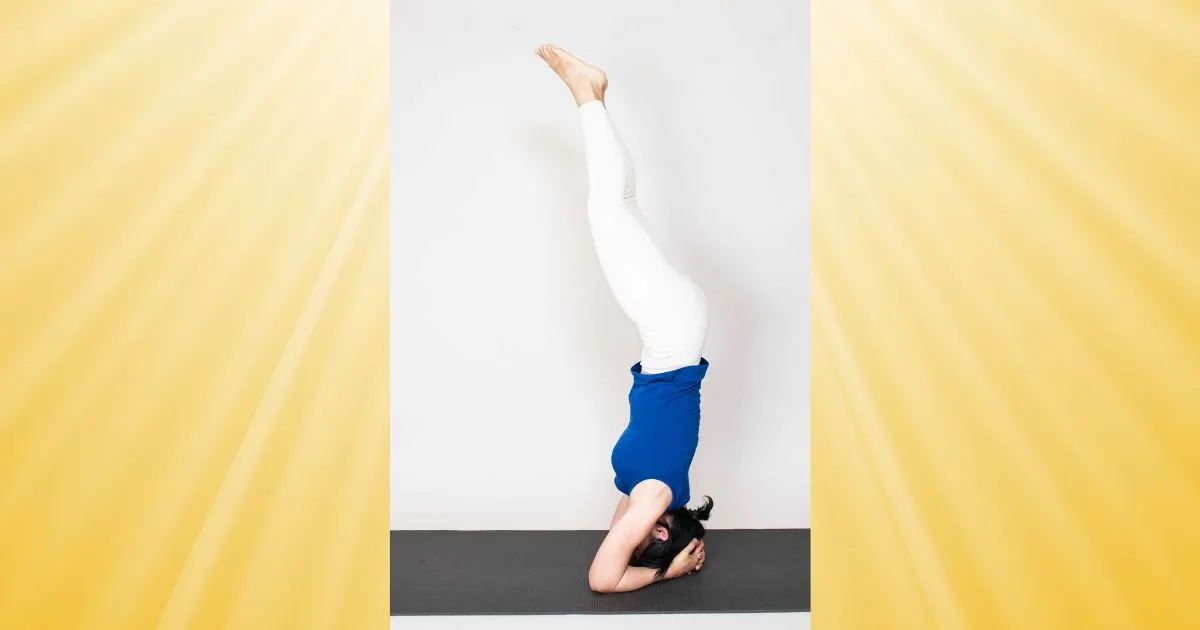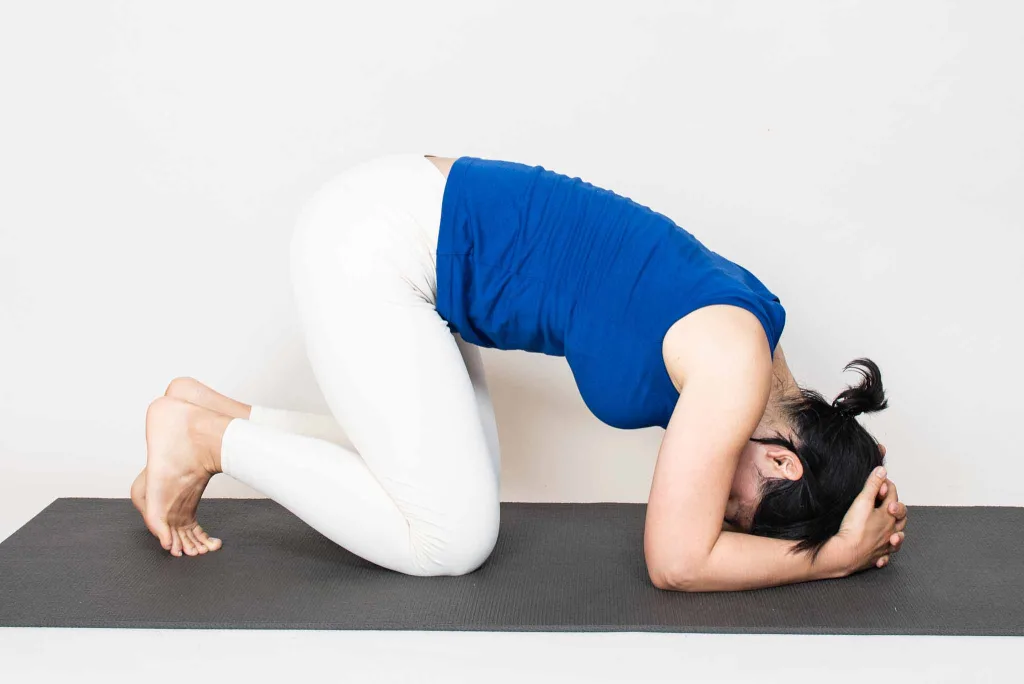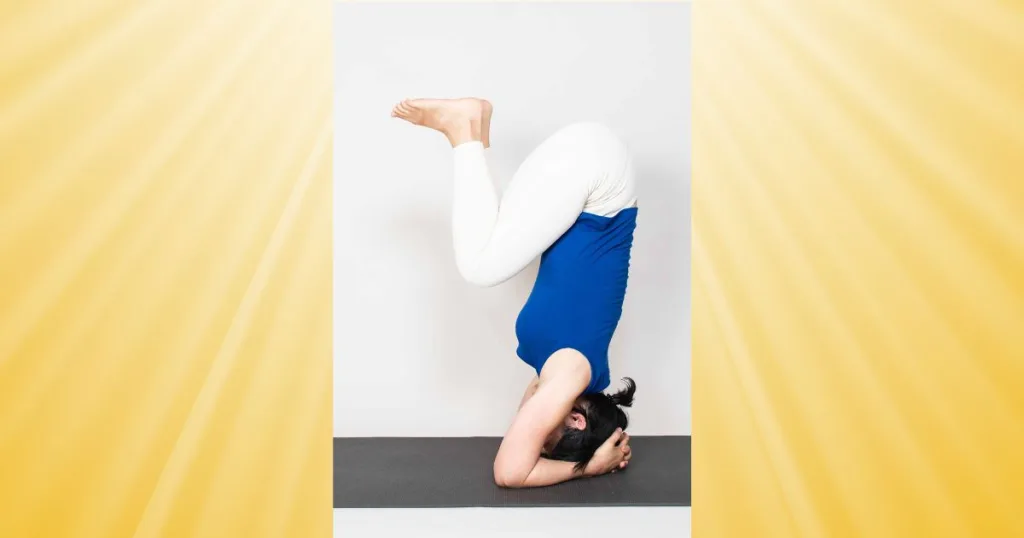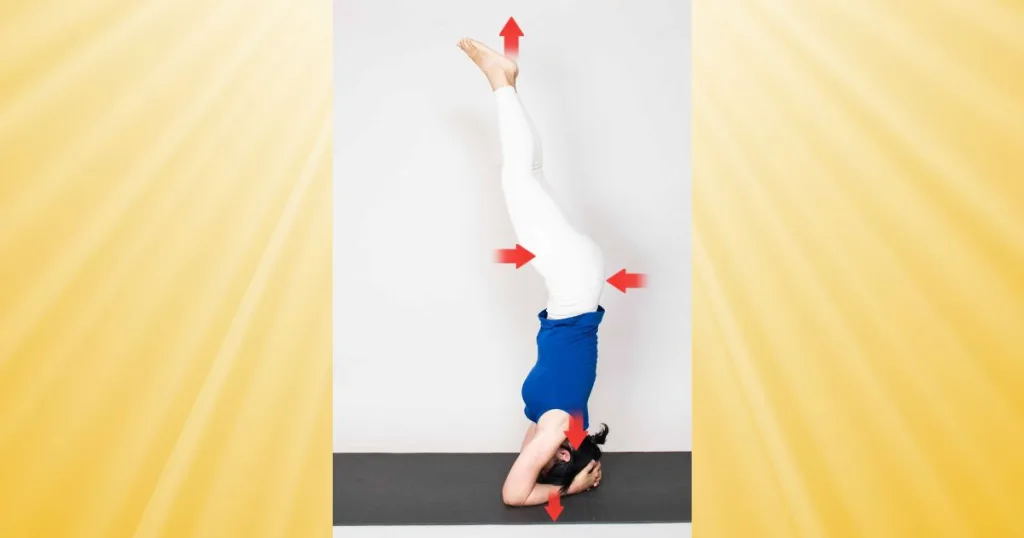Headstand (Salamba Sirsasana)

Sanskrit
English
Yoga Pose Type
Health Benefits
Improves: Headaches, stress, anxiety
Revitalizes: Respiratory system, digestive system
Stretches: Spine
Strengthens: Core, shoulders, back, biceps, triceps, abdominal muscles
Psychological Benefits
What I Like About This Pose
Why I like Sirsasana is that once you master it, it is one of the most calming poses in yoga. There is no other yoga pose which offers such a deep sense of peace. It also sharpens your concentration because any small distraction will lead to a collapse.
Sirsasana teaches you the essence of yoga: to be in the moment. While this pose is called the king of poses, the Supported Shoulderstand is called the queen. Mastering this pose is incredibly rewarding.
Headstand Step-By-Step
Breathing
Breath naturally throughout the practice.
Tip’s For Beginners
The Headstand requires a lot of shoulder work to maintain the posture. Once you are up, press the forearms firmly into the mat and move your inner armpits forward. This helps to engage your shoulders.
It is very important to avoid any pressure on your neck. Also, pay attention where your head touches the floor. Your balance should be on the crown of your head. Otherwise you will strain or injure your neck. If you have any issues with your neck, it’s best to skip your pose.
It took me two years to master this pose so be patient!
Props
Wall, yoga bricks.
Fingers: Keep them soft.



Keep the pose for 30 seconds to five minutes regarding your yoga experience.
Forearms: Press them into the mat.
Armpits: Push your inner armpits forward.
Neck: Keep it soft. Absolutely no pressure!
Shoulders: Lift your shoulders for better balance.
Heels: Raise them up to straighten your back.
Salamba Sirsasana Contraindications
Avoid this pose if you have following issues.
